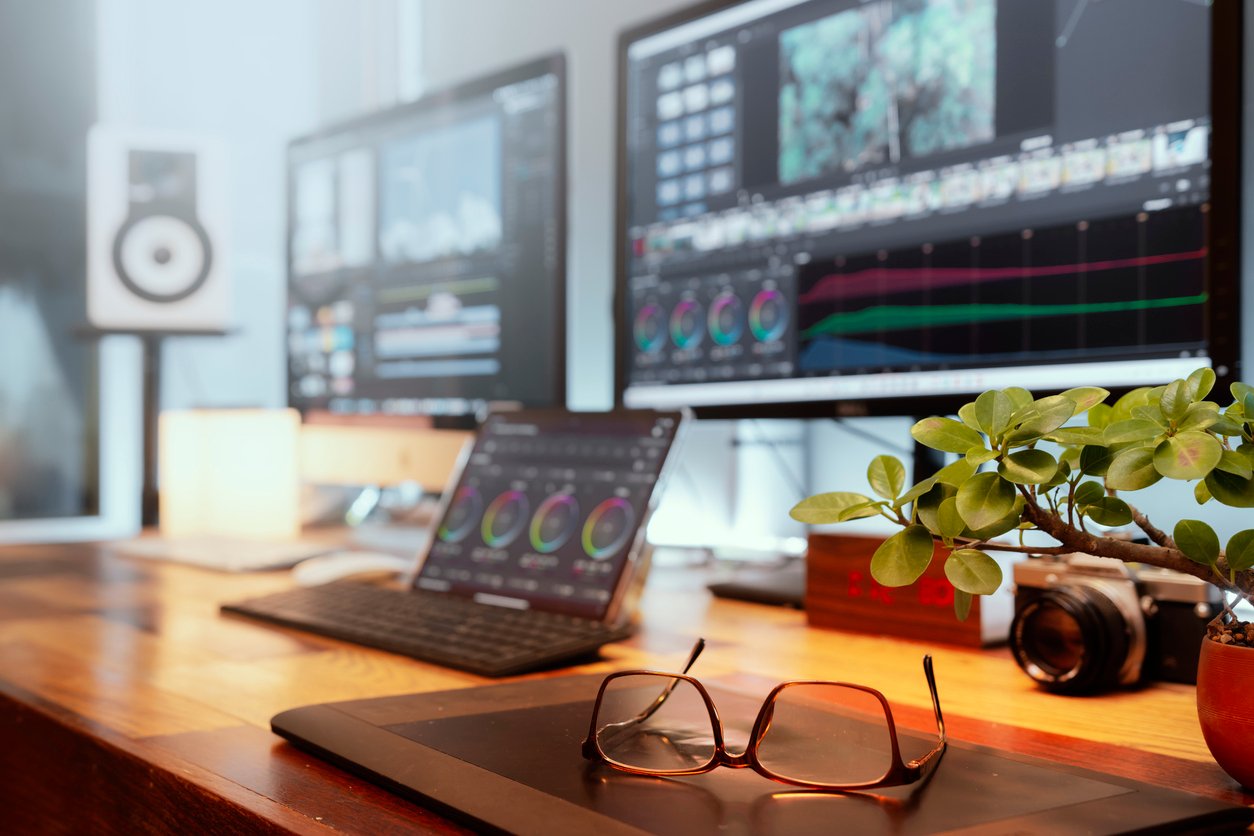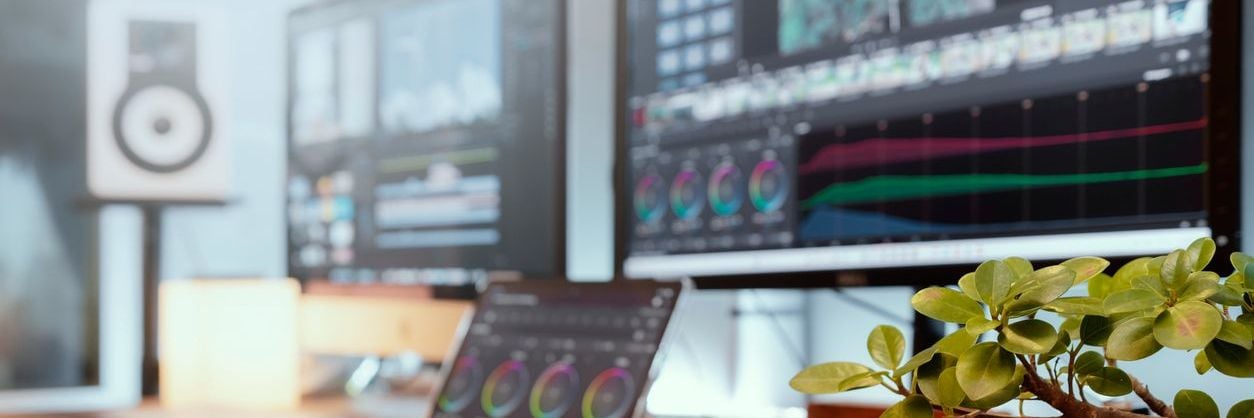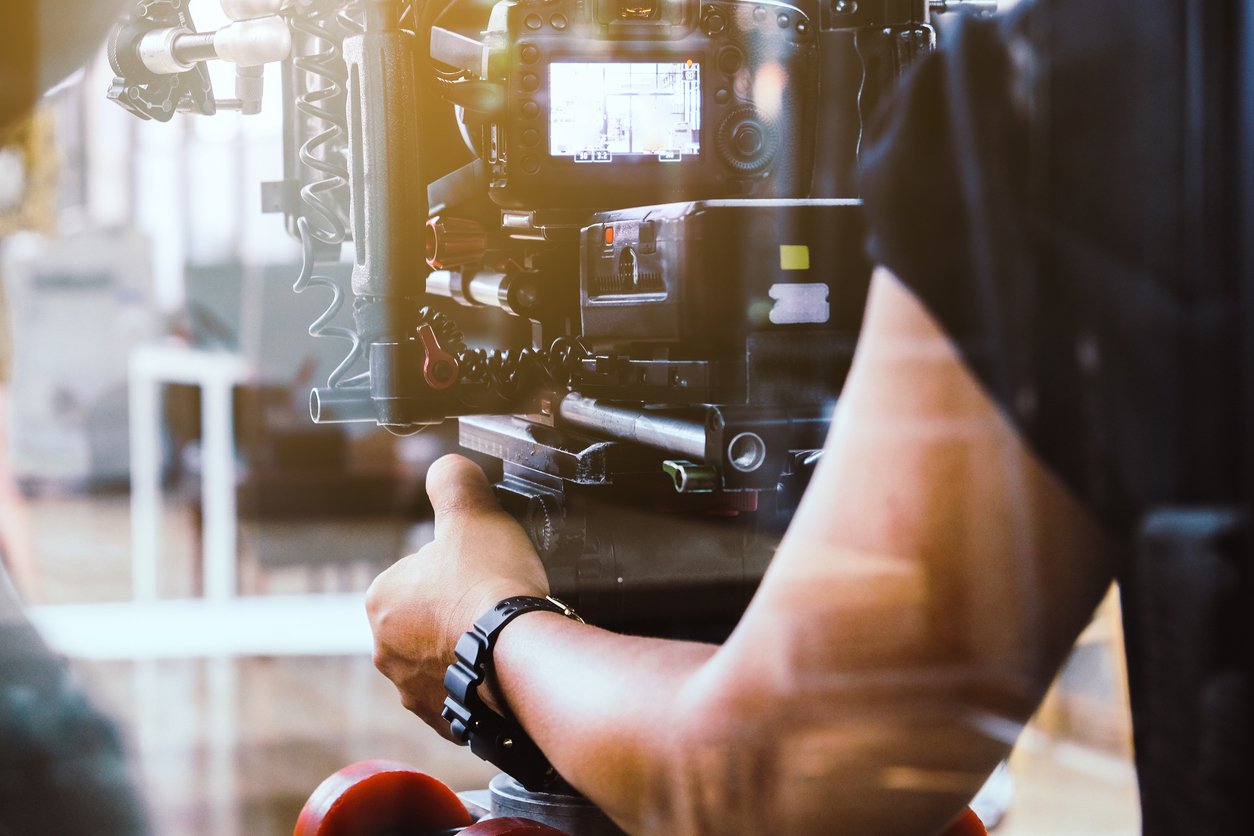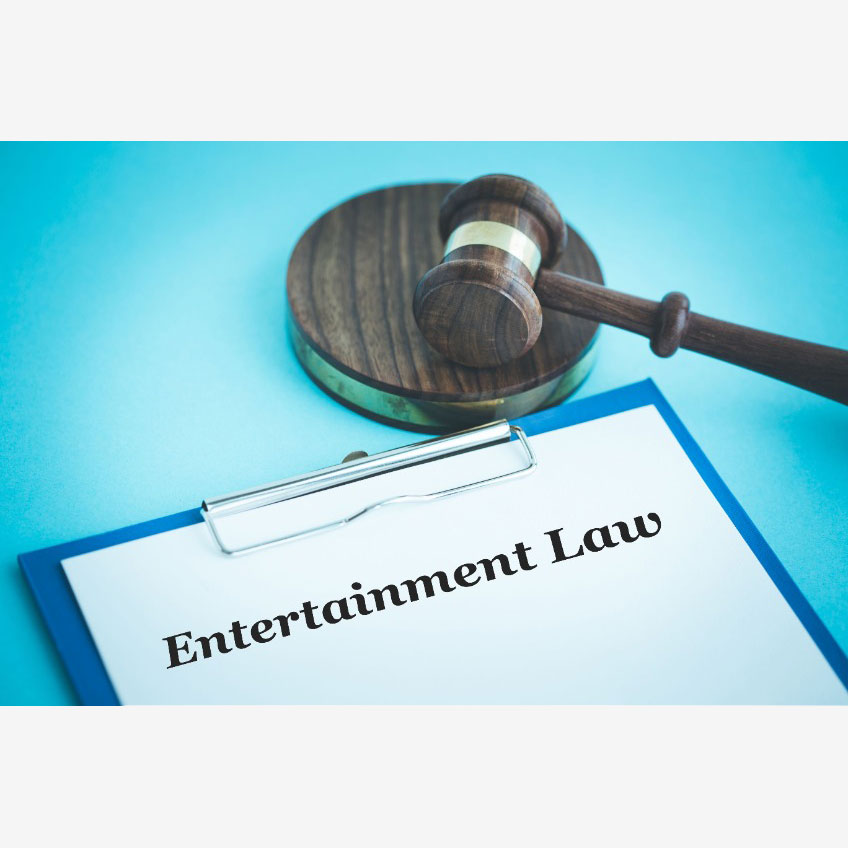Knowing how to check music for copyright issues might seem daunting at first, but it’s a crucial step that can prevent potential lawsuits and financial penalties. Moreover, respecting copyright not only keeps you legally safe but also supports artists and creators, ensuring that they are rightfully compensated for their work. By familiarizing yourself with copyright laws and practices, you can make informed decisions that benefit both your project and the creative community.

What is Music Copyright?
Music copyright refers to the legal rights granted to the creators of music. It protects the original work from being used without permission. When a song is copyrighted, the owner has exclusive rights to reproduce, distribute, and perform the music. Understanding these rights is crucial if you plan to use music in your projects. These rights extend to various aspects of the music, including the melody, lyrics, and even certain arrangements, which means you need to be diligent in understanding what is protected under copyright law.
As well as providing legal protection, music copyright serves as a framework that incentivizes creativity and innovation. By ensuring that creators have control over their work, copyright laws encourage the production of new music and cultural contributions. As a content creator, recognizing the significance of these rights can foster a deeper appreciation for the music you use and inspire a more ethical approach to your creative processes.
How to Tell If a Song is Royalty-Free
Royalty-free music is a type of licensing that allows you to use a song without paying ongoing royalties. However, it doesn’t mean the music is free. Usually, you pay a one-time fee to use the track in your projects. To determine if a song is royalty-free, check the licensing agreement provided by the music library or distributor. These agreements typically outline the specific terms and conditions under which you can use the music, so it’s important to read them carefully to ensure compliance.
In addition to reviewing licensing agreements, it’s beneficial to understand the different types of royalty-free licenses available. Some licenses might restrict the use of music to non-commercial projects, while others may allow broader usage with certain limitations. By clearly understanding these nuances, you can select the right music for your project that aligns with both your creative vision and legal obligations.
How to Find Out if a Song is Copyrighted
When learning how to check music for copyright issues, there are several key steps that you can take.
Step 1: Research the Song
Start by researching the song. Look for information about the artist, album, and release date. This information can help you determine the copyright status. A good place to start is by checking music databases like ASCAP, BMI, or SESAC, which manage performance rights for musicians. These databases are invaluable resources that provide detailed information about the song’s rights and ownership, helping you make informed decisions about its use.
Additionally, researching the song can provide insights into any existing legal restrictions or usage limitations that may apply. By understanding the song’s history and rights, you can avoid unintentional infringements and ensure that your project respects the intellectual property of others. This research phase is an essential step that lays the foundation for responsible and legal music usage.
Step 2: Check the Copyright Date
The copyright year is often printed on the album cover or included in the song credits. This date indicates when the copyright was registered. Remember, music published before 1923 is generally considered public domain, meaning it can be used freely. However, it’s crucial to be aware of exceptions, as some recordings or arrangements of these older works might still be under copyright protection.
In some cases, the copyright status of a song may have changed due to legislative updates or copyright renewals. Staying informed about current copyright laws and regulations can help you navigate these complexities and ensure that your understanding of a song’s copyright status is accurate and up-to-date. By doing so, you can confidently incorporate music into your projects without risking legal repercussions.
Step 3: Use Online Tools
Several online tools can help you check if a song is copyrighted. Websites like YouTube’s Content ID system allow you to search for music and check its copyright status. You can also use services like Tunefind or WhoSampled to explore the song’s history and rights. These tools can streamline the process of verifying a song’s copyright status, making it easier for you to ensure legal compliance.
To supplement these platforms, there are specialized databases and software designed specifically for copyright verification. These resources often offer advanced features that allow you to track copyright information, monitor usage, and even automate certain aspects of the copyright management process. By leveraging these tools, you can simplify the often-complex task of managing music rights and focus more on the creative aspects of your projects.
How to Get Permission to Use a Song that is Copyrighted
If you find that the music you want to use is copyrighted, you will need to obtain permission from the rights holder. Here are the steps to follow:
Contact the Rights Holder
Identify the music’s rights holder, which is often the record label or publisher. Reach out to them via email or phone to request permission. Be clear about how you intend to use the music and the scope of your project. This transparency can facilitate a smoother negotiation process and increase the likelihood of obtaining the necessary permissions.
Building a professional relationship with rights holders can also be beneficial for future projects. Demonstrating respect for their intellectual property and engaging in open communication may open the door to future collaborations. This approach not only helps you secure the rights you need but also establishes a positive reputation within the music industry.
Negotiate a License
Once you’ve contacted the rights holder, you may need to negotiate a licensing agreement. This agreement will outline the terms of use, including duration, territory, and any fees involved. Having a music contract lawyer can be beneficial during this process to ensure your interests are protected. A lawyer can also help you understand the complexities of the agreement, ensuring that you fully comprehend the obligations and rights you are assuming.
Negotiating a license involves understanding the various types of licenses available, such as sync licenses for video projects or mechanical licenses for reproducing music. Each type of license serves a specific purpose and comes with its own set of conditions. By familiarizing yourself with these options, you can negotiate terms that align with your project’s needs and budget while respecting the rights of the music creators.
Obtain a License Agreement
After negotiations, obtain a written license agreement. This document serves as proof that you have permission to use the music legally. Keep this documentation safe for future reference. Having a formal agreement not only protects you legally but also provides a clear record of the terms and conditions agreed upon by both parties.
Maintaining organized records of your license agreements can be invaluable in the event of disputes or audits. By keeping thorough documentation, you can demonstrate compliance with copyright laws and licensing terms, minimizing potential legal challenges. This proactive approach ensures that your creative projects remain legally sound and free from infringement claims.
How to Use Copyrighted Music Legally
Even if a song is copyrighted, there are ways to use it legally:
- Fair Use Doctrine
The fair use doctrine allows limited use of copyrighted material without permission for purposes such as criticism, reporting, or teaching. However, determining fair use can be complex, and it’s advisable to consult with a legal professional. Factors such as the purpose of use, the nature of the work, the amount used, and the effect on the market value are considered when evaluating fair use claims.
Understanding the intricacies of fair use can empower you to make informed decisions about incorporating copyrighted music into your projects. While fair use offers some flexibility, it’s essential to approach it with caution and ensure that your use aligns with the established criteria. Consulting with a legal expert can provide clarity and guidance, reducing the risk of potential legal challenges.
- Creative Commons Licenses
Some artists release their music under Creative Commons licenses, which allow you to use the music under specific conditions. These conditions may include giving credit to the artist or using the music non-commercially. Creative Commons licenses offer a flexible alternative to traditional copyright, enabling creators to share their work while retaining certain rights.
By exploring music released under Creative Commons licenses, you can access a diverse range of tracks for your projects. Understanding the specific terms of each license is crucial to ensure compliance and avoid legal issues. Creative Commons provides content creators an avenue to incorporating music into their work while respecting the original artists’ rights.
How Long is Music Copyrighted?
The length of music copyright varies but generally lasts for the life of the creator plus 70 years. For corporate-owned music, it lasts 95 years from publication or 120 years from creation, whichever is shorter. After this period, the music enters the public domain. Understanding the duration of copyright protection can help you plan your projects and anticipate when certain works will become available for use without restrictions.
It’s important to note that the music copyright length can be affected by various factors, including changes in legislation and international agreements. Staying informed about these developments can help you navigate the complexities of copyright law and make strategic decisions about music usage. By being aware of copyright timelines, you can leverage opportunities to incorporate public domain music into your projects as they arise.
Can Copyright Be Renewed?
In some cases, copyright can be renewed. However, with the current copyright laws, renewal isn’t typically necessary. Once a work enters the public domain, it cannot be copyrighted again. Understanding the process of copyright renewal can provide clarity about the status of older works and help you determine their availability for use.
Although copyright renewal is less common today, it’s still important to be aware of historical contexts in which it may have occurred. By researching the copyright history of a piece, you can ensure that your understanding of its legal status is accurate and up-to-date. This knowledge allows you to confidently incorporate music into your projects while respecting the rights of the original creators.
Understanding Public Domain Music
Music that is in the public domain is free for anyone to use without permission. Generally, music published before 1923 is considered public domain. However, it’s important to verify this status, as some newer arrangements or recordings of these pieces may still be copyrighted. Understanding the nuances of public domain music can help you make informed decisions when incorporating these works into your projects.
While public domain music offers a wealth of creative opportunities, it’s crucial to conduct thorough research to confirm its status. Some compositions may appear to be in the public domain but have been re-copyrighted due to new arrangements or interpretations. By taking the time to verify the public domain status of a piece, you can incorporate it into your projects without the risk of infringing on someone’s intellectual property rights.
Conclusion
Learning how to check music for copyright issues can be complex. Yet, understanding the basics can help you incorporate music legally and ethically within your creative projects. Always research the music you wish to use, and obtain the necessary permissions if it’s copyrighted. By following these steps, you can ensure that your projects remain on the right side of the law. Taking the time to understand copyright also supports the broader creative community by respecting the rights of artists and creators.
Remember, when in doubt, consult with a music contract lawyer to guide you through the legal intricacies of music copyright. With the right knowledge and resources, you can confidently incorporate music into your creative projects without infringing on anyone’s rights. Embracing a responsible approach to music usage enhances your credibility as a content creator, fostering trust and respect within the industry.
Contact a Music Contract Lawyer Today
Law Advocate Group offers comprehensive services to professionals within the entertainment industry, including musicians, actors, producers, managers, and other artists. Our team’s personalized approach to contract development, intellectual property, and entertainment litigation allows us to minimize the risks and costs involved in pursuing your creative career.
To speak with a knowledgeable attorney, call Law Advocate Group today at (310) 651-3065 or fill out the form below so that we may get in touch with you as soon as possible.





